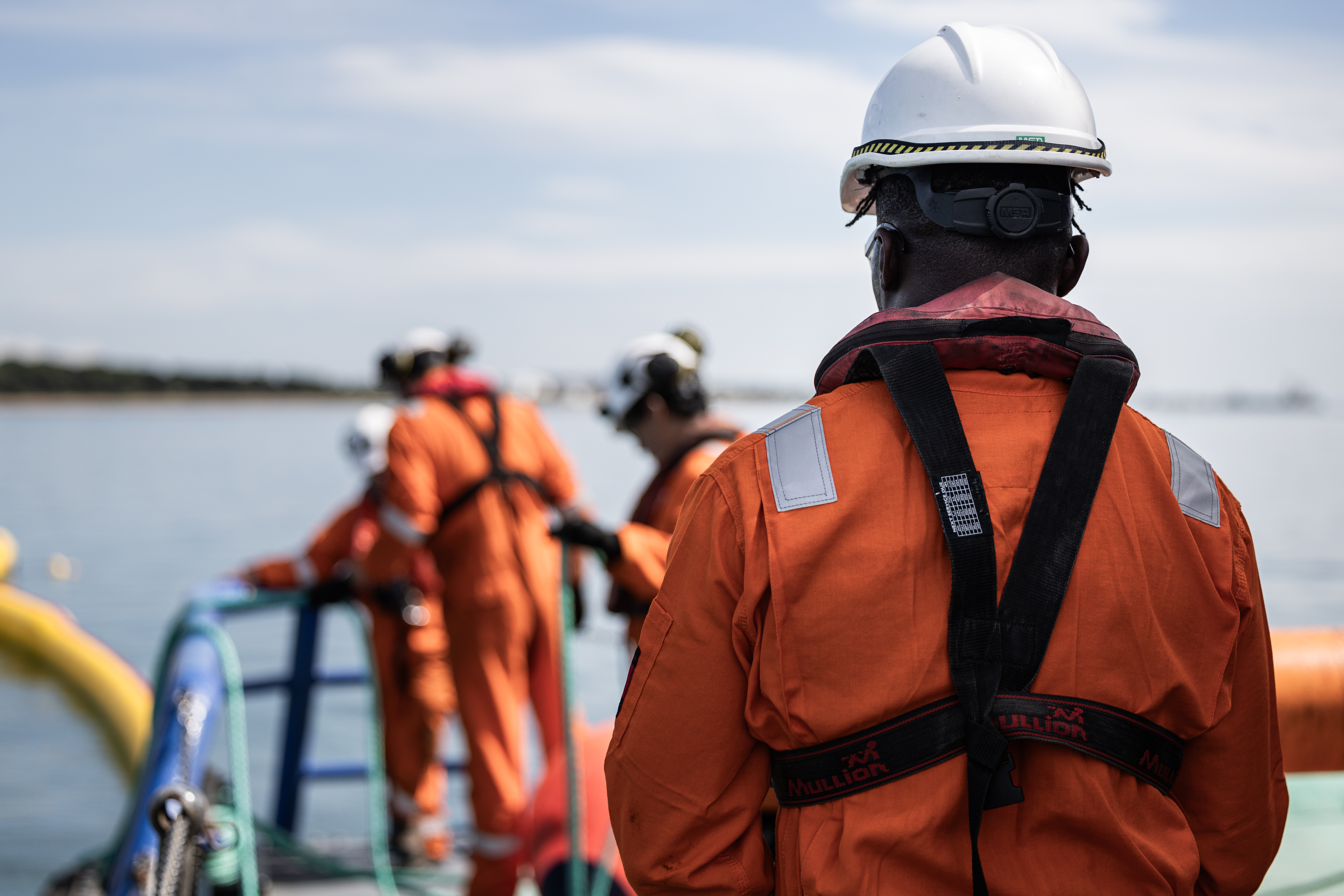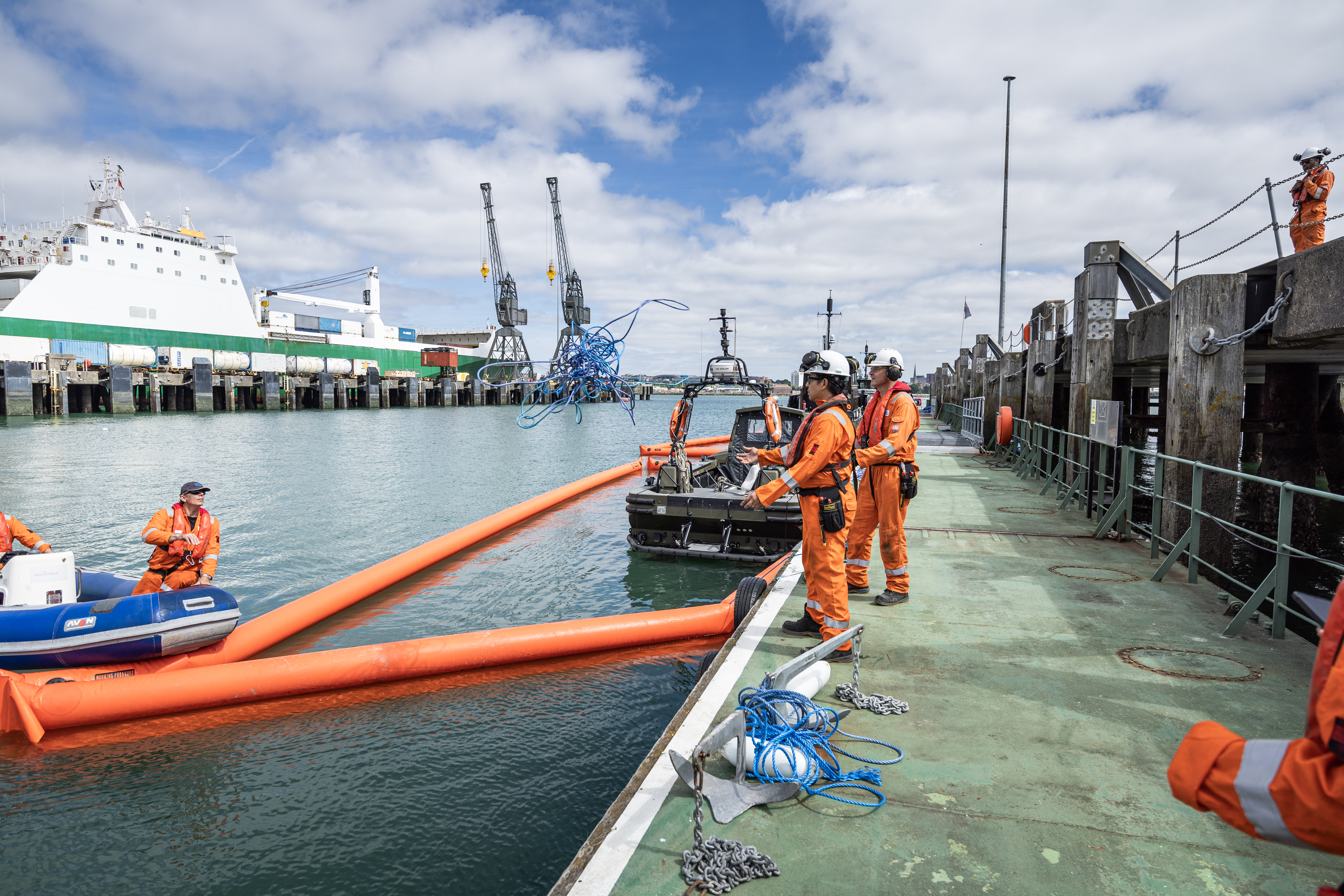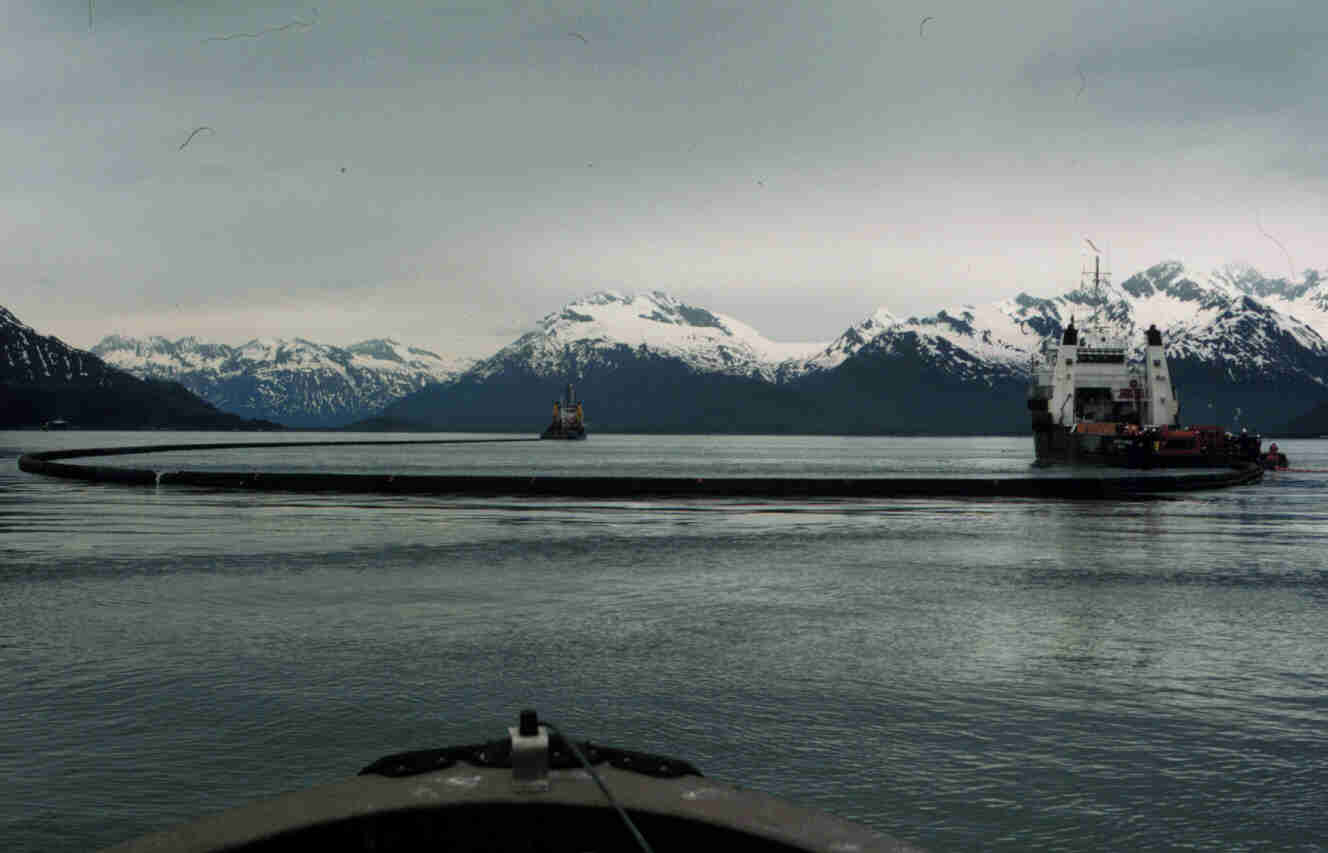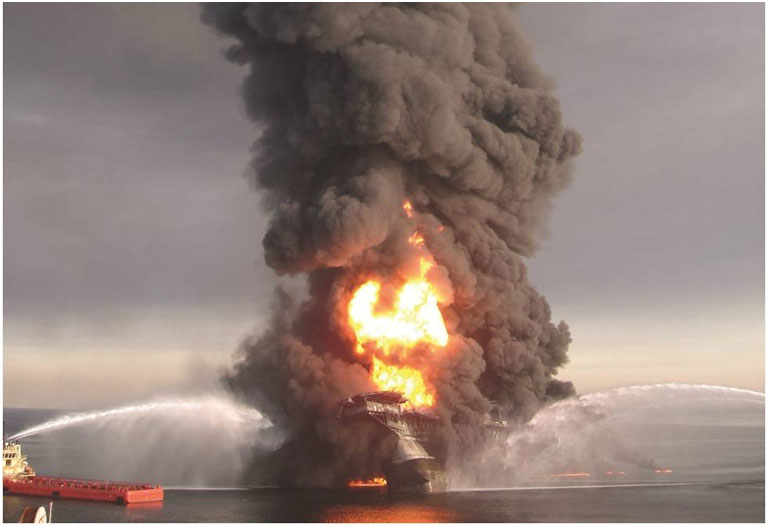Factors that influence contingency planning
Contingency planning for oil spill response is a crucial aspect of environmental management and disaster preparedness. The effectiveness of these plans directly influences the extent of environmental damage, economic loss, and public health impacts following an oil spill. By understanding and addressing key factors that shape these emergency plans, organisations can improve their preparedness and response capabilities.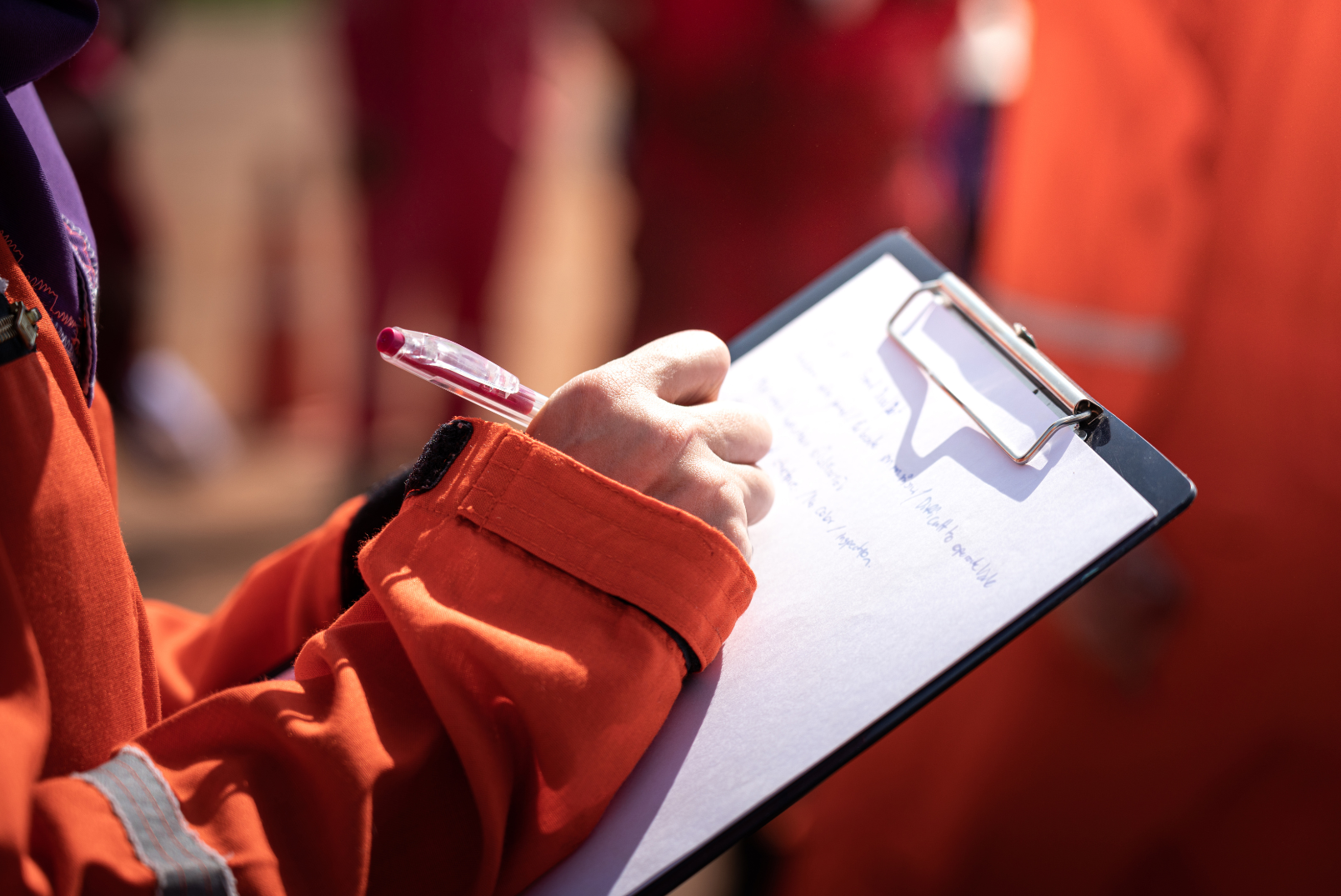
Essential Factors influencing Contingency Planning for Oil Spill
Factors to Consider in Contingency Planning
Several critical factors shape the strategies and actions outlined in oil spill contingency plans. Understanding these factors allows organisations to better prepare and respond to oil spills, minimising environmental damage and economic losses.
-
Risk Assessment: Identifying potential hazards like equipment failures, human errors, or natural disasters helps organisations implement preventive measures to reduce spill likelihood and severity.
-
Regulatory Frameworks: Ensuring compliance with national and international laws helps avoid legal penalties and ensures response efforts are legally sound.
-
Resource Allocation: Identifying and securing necessary resources, such as equipment and materials, ensures they are readily available when needed.
-
Preparation and Training: Regular drills and exercises refine skills and improve coordination and communication during actual spill events.
-
Stakeholder Coordination: Effective coordination ensures seamless collaboration among government agencies, local communities, and private entities.
-
Environmental and Socio-Economic Considerations: Understanding the impacts of oil spills allows for prioritising response efforts to protect sensitive habitats, wildlife, and resources.
Contingency Plan Examples, and Best Practices
Industry Best Practices for Contingency Plans
Effective contingency planning for oil spills is crucial to mitigate environmental damage and ensure a rapid response. This section covers industry best practices and lessons from past incidents to improve preparedness.
Contingency plans are strategic frameworks detailing actions before, during, and after emergencies to mitigate impact. We offer services across the contingency planning process. This process involves several key steps which follow best practice:
1. Risk Assessment and Scenario Development
2. Response Strategy Development
3. Determining Response Capability
4. Creation of the Oil Spill Contingency Plan (OSCP)
5. Implementation and Training
For more information regarding oil spill contingency plans visit - Introduction to Contingency Planning | Oil Spill Response.
Historical oil spills have shaped best practices in contingency planning. The Deepwater Horizon spill (2010) emphasised the need for reliable blowout preventers and regular safety equipment checks. The Exxon Valdez spill (1989) highlighted the importance of rapid response to prevent oil spread, underscoring the value of pre-positioned equipment and trained teams. The Prestige spill (2002) showed the necessity of international cooperation for transboundary spills, stressing the need for joint agreements and protocols.
Emergency Contingency Plan Examples
Following on from the historical spills referred to previously, this section showcases the effective elements of their emergency oil spill contingency plans, highlighting their success and key considerations:
-
Macondo Deepwater Horizon Oil Spill (2010): The Deepwater Horizon spill in the Gulf of Mexico is one of the most infamous oil spills. BP’s contingency plan included a comprehensive response strategy involving multiple agencies and resources. The plan’s effectiveness was seen in the rapid deployment of containment booms, skimmers, and dispersants. Despite the scale of the spill, the coordinated efforts helped mitigate some environmental damage.
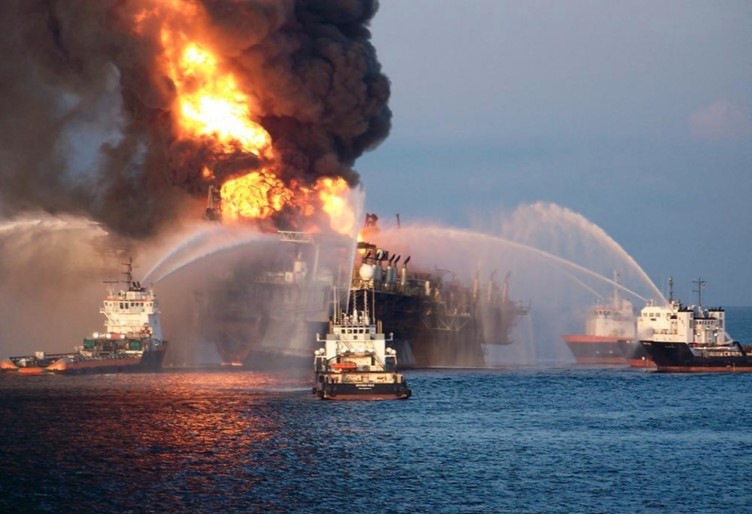
-
Exxon Valdez Oil Spill (1989): The Exxon Valdez spill in Alaska led to significant changes in oil spill contingency planning. The response highlighted the need for better preparedness and led to the Oil Pollution Act of 1990. This act mandated that companies have detailed contingency plans, including response equipment and trained personnel ready for immediate deployment.
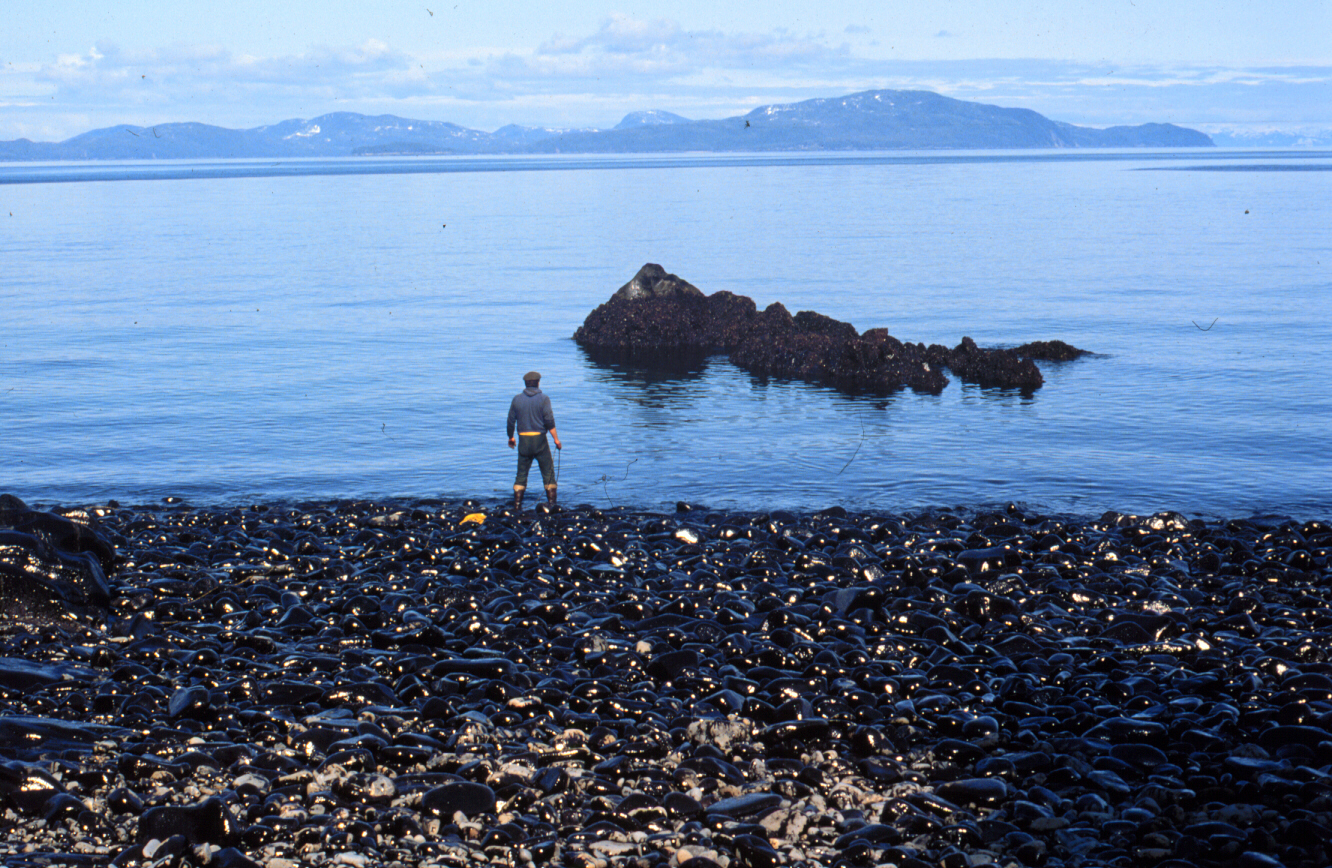
-
Prestige Oil Spill (2002): The Prestige spill off the coast of Spain demonstrated the need for robust risk assessments and scenario planning. The contingency plan included detailed vulnerability analyses and response strategies tailored to the specific environmental conditions of the region. This helped in prioritising sensitive areas and deploying resources effectively.

These examples underscore the importance of having well-developed, site-specific contingency plans that include hazard identification, sensitivity analysis, risk assessment, and response actions. Effective plans also require regular updates, training, and exercises to ensure readiness and adaptability to various spill scenarios.
Strategic Management in Contingency Planning
Oil spill contingency planning is a vital part of strategic management, enhancing an organisation’s ability to manage risks and ensure long-term sustainability. By aligning contingency plans with overall goals and objectives, organisations make them more effective and relevant.
Strategic integration ensures that contingency plans support broader organisational goals. Risk mitigation involves identifying potential risks and developing strategies to minimise their impact, maintaining operational continuity and protecting assets. Incorporating contingency planning supports long-term sustainability by preparing organisations for various scenarios, enabling them to adapt and thrive.
Embedding oil spill contingency planning into strategic frameworks helps organisations navigate uncertainties, mitigate risks, and ensure long-term sustainability, enhancing overall strategic resilience.
Understanding Contingency Emergency Plans
Oil spill contingency emergency plans are comprehensive strategies designed to prepare for and respond to oil spill incidents. These plans outline specific actions to be taken before, during, and after an oil spill to minimise environmental damage, ensure safety, and maintain operational continuity.
For further information on emergency contingency plans, see Introduction to Contingency Planning | Oil Spill Response.
The Significance of Emergency Response in Contingency Planning
Emergency response is essential in contingency planning, enabling organisations to quickly address unforeseen events and minimise damage while maintaining operations. Oil spill contingency planning presents unique challenges, requiring tailored strategies for various spill scenarios and attention to environmental sensitivities, such as coastal regions and open oceans.
Compliance with local, national, and international regulations is crucial to avoid penalties and ensure effective response. Accessing specialised equipment and trained personnel poses logistical challenges, particularly in adverse conditions, requiring adaptable strategies.
Effective response also demands coordination among stakeholders, clear communication, and defined roles. Plans should include long-term recovery and continuous improvement through regular updates and training. Addressing these factors enhances preparedness and minimises spill impact.
For further information on this topic please see this article Understanding Contingency Planning: The Key to Effective Oil Spill Preparedness | Oil Spill Response.
Key Considerations in Contingency Planning
Risk Assessment
Risk assessments identify potential hazards like equipment failures, human errors, or natural disasters that could lead to oil spills. By understanding these risks, organisations can implement preventive measures to reduce spill likelihood and severity.
Risk assessments are often regulatory requirements, ensuring compliance and helping protect the environment and public health. They also evaluate vulnerabilities, such as sensitive ecosystems or communities at risk, enabling better prioritisation of response efforts and resource allocation.
Additionally, risk assessments improve communication and coordination among stakeholders, including agencies and local communities, encouraging a unified response. This process enhances preparedness by allowing organisations to anticipate and mitigate spill impacts.
Regulatory Frameworks
Considering regulatory frameworks is crucial to ensure plans comply with national and international laws, such as the International Convention on Oil Pollution Preparedness, Response and Co-operation (OPRC 90) which is the international legislation that provides a framework designed to facilitate international cooperation and mutual assistance irn preparing for and responding to major oil pollution incidents. This compliance helps avoid legal penalties and ensures that response efforts are legally sound.
Regulatory frameworks provide standardised procedures for oil spill response, ensuring that all stakeholders follow best practices. They also help establish clear responsibilities and coordination between government agencies and the oil industry. This organisational and procedural clarity is essential for an effective and efficient response and to minimise environmental impact. Furthermore, regulatory frameworks often facilitate international cooperation and mutual assistance, which are critical for managing large-scale oil spills that can affect multiple countries.
Resource Allocation
Effective resource allocation is key to identifying and securing the necessary resources, such as equipment and materials, ensuring they are readily available when needed. This includes items like booms, skimmers, and dispersants. By having these resources pre-positioned and ready, environmental damage can be minimised, which is essential for protecting sensitive socio-economic resources, ecosystems, and wildlife.
Proper resource allocation also helps manage costs by preventing the overuse or underuse of resources, ensuring that the response is both effective and economical. Additionally, demonstrating a well-thought-out plan with adequate resources can enhance public and stakeholder confidence in the organisation’s ability to manage oil spill incidents.
Preparation and Training
Well-prepared and trained personnel, undertaking regular drills and exercises, can refine their skills and respond more quickly and efficiently to an oil spill, reducing the time it takes to contain and mitigate the spill. Training exercises often involve multiple agencies and stakeholders, further helping to improving coordination and communication during an actual spill event.
From a safety perspective, training ensures that responders know how to manage hazardous materials and specialised equipment safely, minimising the risk of injury or harm to themselves and others. Demonstrating a well-trained response team ready to act can also enhance public and stakeholder confidence in the organisation’s ability to manage such incidents.
Stakeholder Coordination
Stakeholder coordination is vital for several reasons. Effective coordination ensures that all parties involved, including government agencies, local communities, and private sector entities, work together seamlessly and establish clear lines of communication. This unified approach can significantly enhance the efficiency and effectiveness of the response and help reduce misunderstandings, ensuring that everyone is informed and aligned on the response strategy.
Different stakeholders often have access to various resources and expertise. Coordinated efforts can better protect sensitive environments by ensuring that all necessary measures are taken promptly and effectively. Demonstrating a coordinated effort involving multiple stakeholders can also help to enhance public trust and confidence in the response efforts.
Environmental and Socio-Economic Considerations
Understanding the environmental and socio-economic impacts of oil spills allows response efforts to be prioritised to protect sensitive habitats, wildlife, and resources. Addressing these factors in the planning stage helps develop strategies for the long-term recovery and rehabilitation of affected areas.
Oil spills can severely affect local economies and communities, particularly those reliant on fishing, tourism, and maritime activities, and those with cultural significance. They may also pose significant health risks to nearby communities through contaminated water and air. Effective planning helps mitigate these economic losses by ensuring a swift and efficient response and ensures measures are in place to protect public health and safety. Considering these factors verifies that the response plan complies with environmental regulations and standards, avoiding legal repercussions and promoting trust with regulatory bodies.
Contingency Planning in Ship Operations
Contingency planning for ships presents unique challenges due to the dynamic nature of maritime operations. We use our extensive expertise to provide tailored solutions that address these specific needs. Maritime contingency planning faces unique challenges due to the wide range of potential emergencies at sea, such as oil spills, fires, collisions, groundings, and severe weather. Each scenario requires specific response strategies and resources. We conduct comprehensive risk assessments to identify these hazards and develop targeted response plans tailored to the maritime environment.
Effective communication is essential in maritime emergencies. Our communication plans use multiple channels to ensure accurate information dissemination, facilitating coordinated responses between the ship’s crew, shore-based teams, and external agencies.
Resource management is critical due to space and weight constraints on ships. We help optimise resource allocation, ensuring essential supplies and equipment are available without overburdening the vessel.
Training and drills are vital for preparedness. We conduct regular sessions to familiarise crews with contingency plans and response procedures, building confidence and competence for actual emergencies.
International cooperation is also important, as incidents often affect multiple jurisdictions. We facilitate international agreements and protocols for joint response efforts, ensuring efficient and effective management of transboundary spills.
Conclusion
In conclusion, contingency planning for oil spill response is a vital element of environmental protection and disaster management. By focusing on critical factors such as risk assessment, regulatory compliance, resource allocation, training, and stakeholder coordination, organisations can develop robust strategies to effectively manage oil spill incidents. The examples of past spills, like Deepwater Horizon and Exxon Valdez, highlight the importance of preparation and a coordinated response to minimise damage and expedite recovery. A well-developed contingency plan not only ensures rapid and effective action during oil spills but also reinforces public trust, compliance with environmental standards, and long-term sustainability. Proactive, strategic planning ultimately enhances an organisation’s ability to protect both the environment and public health, reducing the overall impact of oil spills on ecosystems and economies.
Do you know how you would respond efficiently and effectively during an oil spill?
Our contingency planning service is a systematic approach to explore what can go wrong and the steps to take in an emergency.




